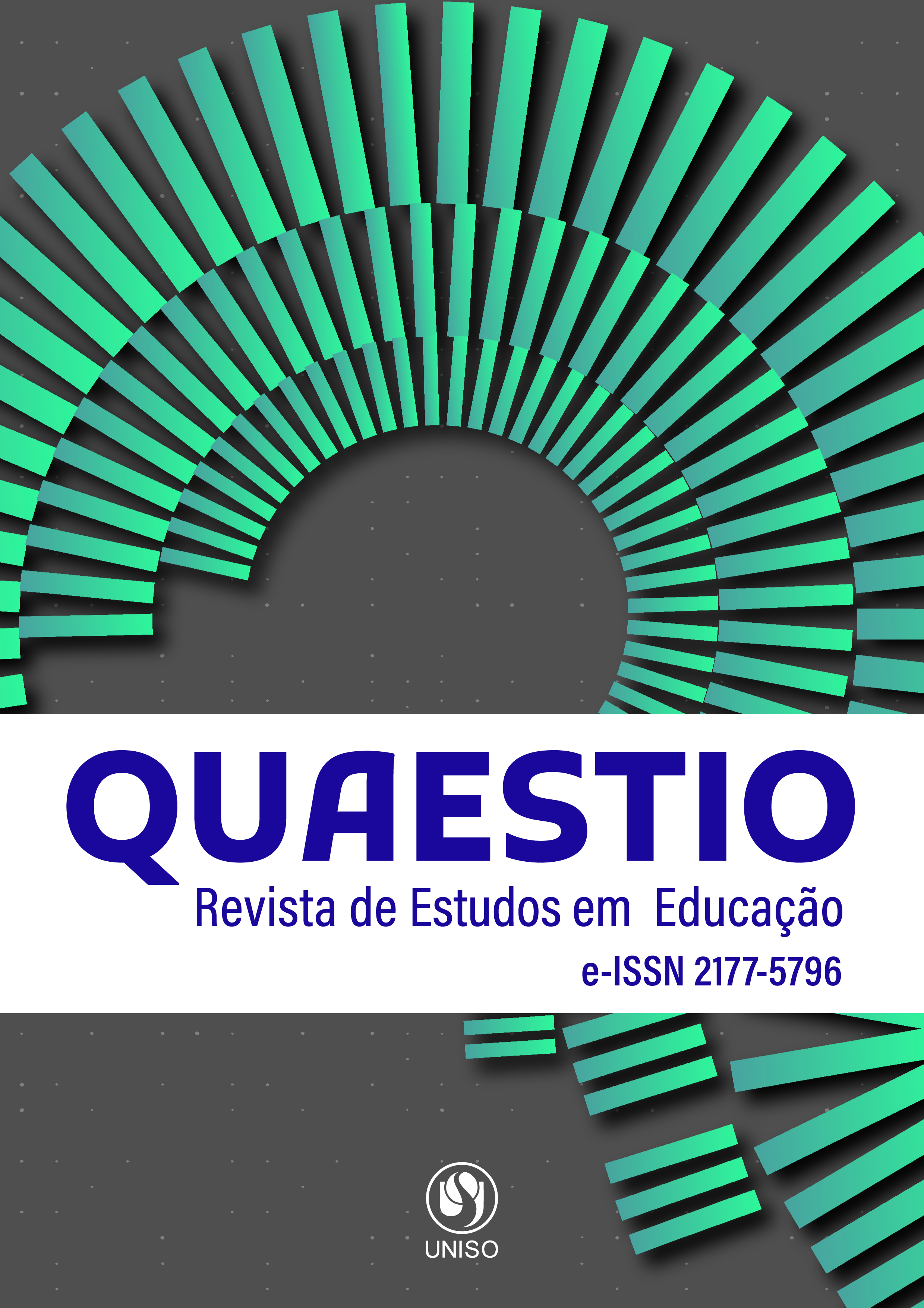Interrelations between universal design for learning and assistive technology in the context of inclusive education
DOI:
https://doi.org/10.22483/2177-5796.2024v26id5449Keywords:
universal design for learning, assistive technology, inclusive education.Abstract
Within the context of inclusive education, various theories and actions have emerged with the aim of promoting the school inclusion of students with disabilities. In this context, Universal Design for Learning (UDL) and Assistive Technology (AT) have been gaining prominence. Thus, the objective of this article is to analyze the existing interrelations between UDL and AT in the process of school inclusion for students with disabilities. The methodology used in this essay was a bibliographic, narrative review through a theoretical discussion based on scientific works published on the relevant topics. In summary, it is evident that, although the two approaches present distinct characteristics, both share similarities in their objectives, which essentially aim for educational inclusion. Considering UDL and AT as complementary approaches, as supported by the literature review conducted, there is sufficient evidence that these approaches, when worked together, have excellent efficacy in the process of school inclusion for students with disabilities.
Downloads
Downloads
Published
How to Cite
Issue
Section
License
Copyright (c) 2024 Quaestio - Revista de Estudos em Educação

This work is licensed under a Creative Commons Attribution 4.0 International License.
Esta licença permite que outros remixem, adaptem e criem a partir do artigo para fins não comerciais, desde que atribuam ao(s) autor(es) o devido crédito e que licenciem as novas criações sob termos idênticos.
Os artigos publicados são de total e exclusiva responsabilidade dos autores, que mantêm os direitos autorais e atribuem o direito da primeira publicação para a Quaestio: Revista de Estudos em Educação do Programa de Pós-Graduação em Educação da Universidade de Sorocaba.
Outros acordos contratuais podem ser feitos pelos autores, para posterior distribuição da versão do artigo (por exemplo em páginas institucionais ou pessoais, ou em livro), explicitando que o trabalho foi publicado nesta revista .

















